Bundang Astro Camp (분당 어린이천문대)
2022-08-26
132-1, Osan-ro, Cheoin-gu, Yongin-si, Gyeonggi-do
+82-31-322-3245
The Astro Camp was established to encourage young children to take an interest in space and natural science and to develop creative problem-solving skills. The Children's Observatory provides a wide range of educational programs developed by expert educators from diverse fields of majors at Yonsei University.
In the future, the observatory hopes to continue to expand its experience-centered, in-depth educational programs to help children reach a better understanding of astronomy and natural science principles. Programs focus not only on providing children with accurate information, but also seek to encourage participants to be self-motivated thinkers.
Ilsan Astro Camp (일산 어린이천문대)
2018-06-29
306-176, Jungsan-ro, Ilsandong-gu, Goyang-si, Gyeonggi-do
+82-31-975-3245
The observatory not only has a 3m circular dome and sliding dome, but also a catadioptric telescope and other major equipment for space observation. Regular education program are help during school summer vacation to explain astromony concepts in relatively simple terms and to engage children with folk stories behind each constellation.
Other programs like ‘A Trip to the Space with My Daddy”, and “Weekend Family FAM Tour” are also available. In a "A Trip to Space with My Daddy” (21:00 to 24:00 daily) participants can learn how to operate a telescope and observe celestial bodies in space. The “Weekend Family FAM Tour” program opens from 10:00 to 17:00 on weekends and presents short films on astronomy and gives visitors a look at telescopes and other astrological equipment. The program is popular among elementary and middle school students from Seoul and Ilsan area.
Jungmisan Observatory (중미산 천문대)
2021-06-15
1268, Jungmisan-ro, Yangpyeong-gun, Gyeonggi-do
+82-10-7244-3498
Situated only 40 minute's drive from Seoul, the Jungmisan Observatory is nestled within Jungmisan Recreational Forest 437 kilometers above sea level. In addition to the beautiful natural scenery, the main draw of this particular location is that there is no other place near Seoul as this forest where one can get an excellent view of the night sky. From Seoul, one might expect to see about three stars on a good day, while at the Jungmisan Observatory one can typically observe over 3,000 stars.
Jungmisan Observatory provides an experiential learning center that offers astronomy programs for children, including preschoolers. Children can gain a deeper understanding of space and basic astronomy through various programs, such as stargazing. In addition to the astronomy programs, the observatory also offers forest bathing, forest ecology, and insect learning programs along with the nearby recreational forest.
Chunguisa Shrine - Historic Site Related to Yun Bong-Gil, Yesan (충의사 (예산 윤봉길 의사 유적))
2020-05-18
183-5, Deoksanoncheon-ro, Yesan-gun, Chungcheongnam-do
+82-41-339-8232
Located 23km northwest from Yewan, the Chunguisa Relics Site was constructed in 1968 to pay tribute to Yun Bong Gil, who was martyred during the independence movement.
On April 29, every year, an event to commemorate Mr. Yun’s patriotism takes place. His relics were designated as National Treasure No. 568 and now are on display here.
Daeheung Dongheon (대흥동헌)
2021-05-25
33, Uijoeunhyeongje-gil, Yesan-gun, Chungcheongnam-do
+82-41-339-7332
"Dongheon" refers to the administrative building or headquarters for the top city official of the Joseon dynasty. This tile-roofed house measures six kan (traditional Korean measuring unit), or approximately 14.4 meters, on the front, two kan (4.8 meters) on the side and is 3.3 meters in x_height. Records carved on its gate show that the wooden house was constructed in 1407. The house, which is characteristic of late Joseon dynasty architecture, was once used as Daeheung-myeon office, but was dismantled and restored to its original appearance in 1979.
House of Chusa (추사고택)
2022-12-28
261, Chusagotaek-ro, Yesan-gun, Chungcheongnam-do
+82-41-339-8248
House of Chusa, Chusa Gotaek in Korean, is the traditional Korean house of the renowned scholar and calligrapher Chusa, also known as Kim Jeong-hui. This old house is known to have been constructed by the great-grandfather of Chusa, Kim Han-Sin.
The Korean-style house compound (266.11 m²) consists of munganchae (a guesthouse), soseuldaemun (a high gate), sarangchae (ㄱ-shaped men's quarters), anchae (ㅁ-shaped women’s quarters) and a shrine where the remains of Chusa are enshrined. Theㄱ-shaped Sarangchae stretches for one kan (traditional measuring unit) to the south and 2 kans to the east and is comprised of two rooms and a daecheongmaru (living area). The Anchae consists of a six-kan daecheongmaru and two one-kan rooms.
Located on the ground is a tomb where Chusa’s great-grandfather (Kim Han-Sin) and his wife (Hwasun Princess) are buried. Nearby, visitors will see a gate that was constructed to commemorate Princess Hwasun’s faithfulness to her husband.
Located approximately 600 meters to the north of the old house is a lacebark pine tree, which was designated as a Natural Monument. The lacebark pine tree, originally from northern China, is among the few of its kind in Korea. It is said that Chusa snuck the pine across the border from China (formerly, the Qing dynasty) into the country when he was 25 years old and planted it at the tomb of his great-grandfather. Originally, the tree had three branches, but two were broken and the third branch was damaged. In 1980, the damaged branch was treated and since then, the tree has been kept under strong protection.
Gwangjuho Lake Eco Park (광주호 호수생태원)
2025-08-12
Chunghyo-dong, Buk-gu, Gwangju
+82-62-613-7891
Gwangjuho Lake Eco Park is an ecological park located near the banks of Gwangjuho Lake, featuring a Nature Observation Center, Nature Learning Center, Lawn Area, and Waterside Wetland. The park is home to around 170,000 wildflowers and over 3,000 trees, offering opportunities to observe various flora and fauna up close. Visitors can witness diverse birds thriving in the wetlands.
Yesan Hwaamsa Temple (화암사 (예산)
2025-08-18
21-29, Yonggung 1-gil, Yesan-gun, Chungcheongnam-do
+82-41-332-9250
Hwaamsa Temple is located near Joseon dynasty's scholar and writer Kim Jeong-hui's, also referred to his pen name Chusa, house. The temple has ties with the ancient writer, as the temple is known to have been repaired and renovated by Kim Jeong-hui's great grandfather. There are no records that explains the foundation of Hwaamsa Temple, and only a timeline of its reconstruction can be found in "Records of Hwaamsa Temple Restoration" plaque, which is displayed in Sudeoksa Temple Museum. The timeline was recorded by Kim Myeong-hee in 1848, and written by Kim Seong-hee, and carved by Cho Seok-shin. The name "Hwaamsa" was given by King Yeongjo (r. 1724-1776).
Imjonseong Fortress (예산 임존성)
2025-01-07
San 28 Masi-ri, Yesan-gun, Chungcheongnam-do
+82-41-339-7332
Imjonseong Fortress (also known as Daeheungsanseong Fortress) is located at the top of Bongsusan Mountain between Yesan-gun and Hongseong-gun in Chungcheongnam-do. This stone fortress was designed as a place to launch attacks against enemies. One of the ways in which those in the fortress fended off intruders was to unleash the water from the giant fortress well and let it gush down the mountain towards the oncoming forces.
The fortress wall is about 2.5 meters high and 3.5 meters wide and has a 7 to 8-meter ditch that runs alongside the southern wall. Compared with other Korean fortresses, Imjonseong Fortress is higher and about 2 meters thicker. It is the largest fortress of the Baekje Kingdom and has become the subject of much research.
History shows that the fortress was the central hub of the Restoration Movement of the Baekje Kingdom (18 BC - AD 660). In the 20th year of the reign of King Uija (Baekje dynasty), the kingdom was defeated by the united forces of the Silla Kingdom and the Tang dynasty (currently, China). Boksin (a cousin of King Uisa), a monk, and Heukchisangji stayed at the fortress for three years while trying to return the king to power.
As one walks along the winding trail, the view of Daeryeonsa Temple comes in to view and as once at the top, the spectacular views of Oseosan, Baekwolsan, and Gayasan mountains unfold. Those who come to the fortress from Masa-ri, Gwangsi-myeon, can drive and park their car in the parking lot located right below the fortress.
Songam Space Center (송암스페이스센터)
2019-11-26
103, Gwonnyul-ro 185beon-gil, Yangju-si, Gyeonggi-do
+82-31-894-6000
Songam Space Center, set against the gorgeous backdrop of nearby Jangheung Park, Yangju-si, Gyeonggi-do, is one of the largest space themed parks in Korea. Situated on Gyeomyeongsan Mountain at around 440 meters above the sea level, the observatory (B1-3F) features a main telescope that was locally developed and allows visitors to see the stars even during the day. The observatory is part of Stars Valley, which consists of three different buildings: the Space Center, Star House, and Songam Observatory.
Newton Center, a main observatory center of Songsam Observatory has a 600 milimeter Ritchey-Chretien reflecting telescope allowing for clear and convenient observation of the stars. Galilei Center, a sub-observatory facility has seven telescopes including reflecting, catadioptric and refracting telescopes, as well as a CCD camera, digital camera, intermediate telescope and other observation aid devices. Facilities at the observatory include the Challenger Learning Center, a Digital Planetarium, and Star House, a four-story accommodation/training facility. There are also two cable cars, each of which can hold as many as 33 people.
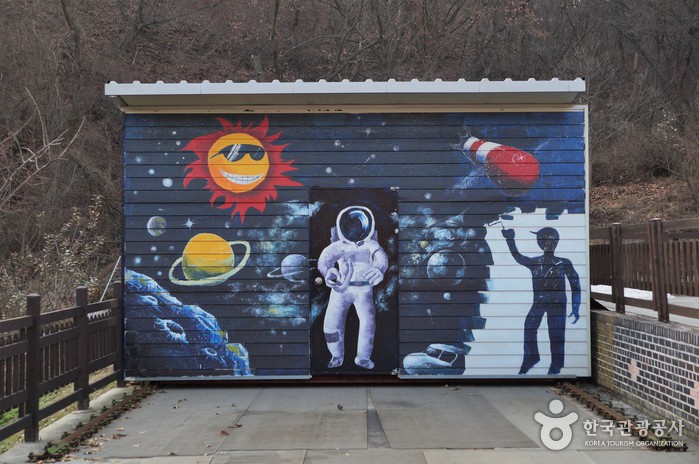
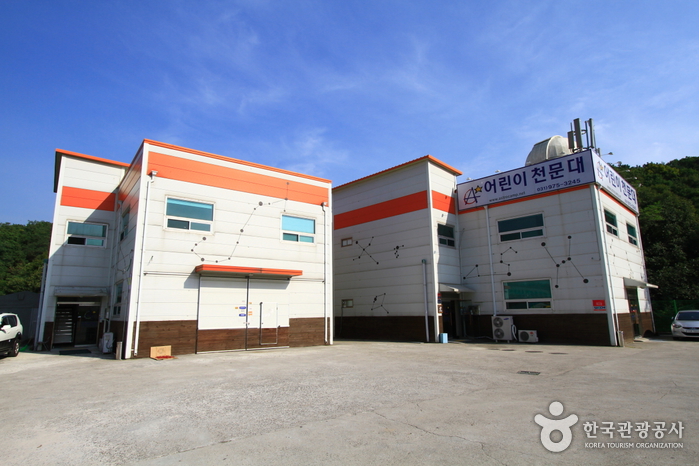
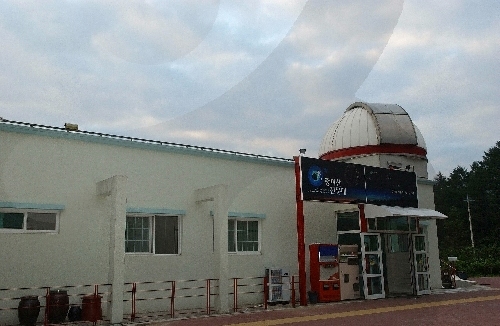
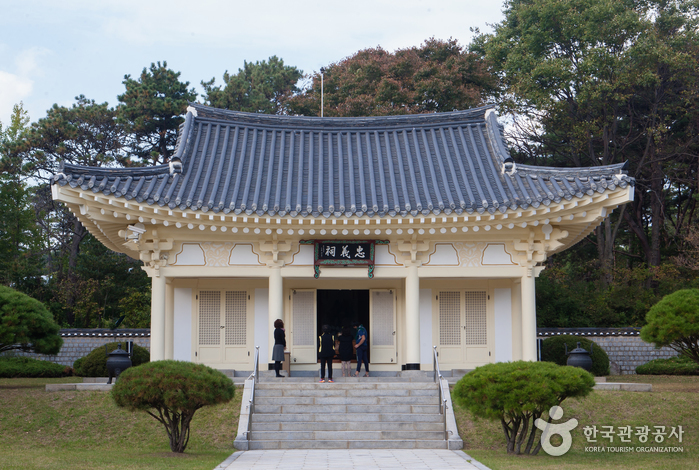
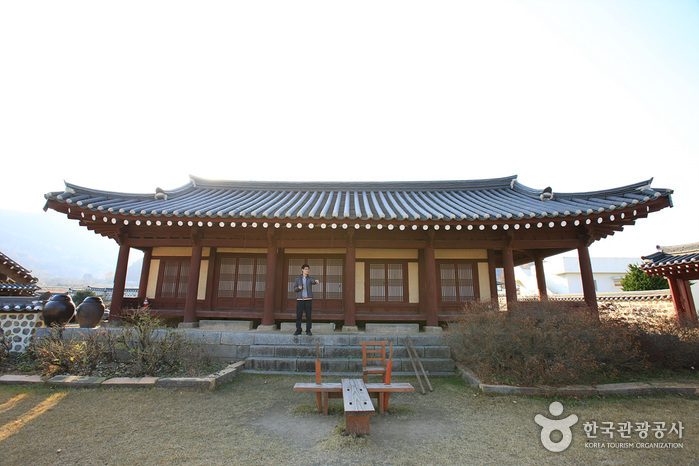
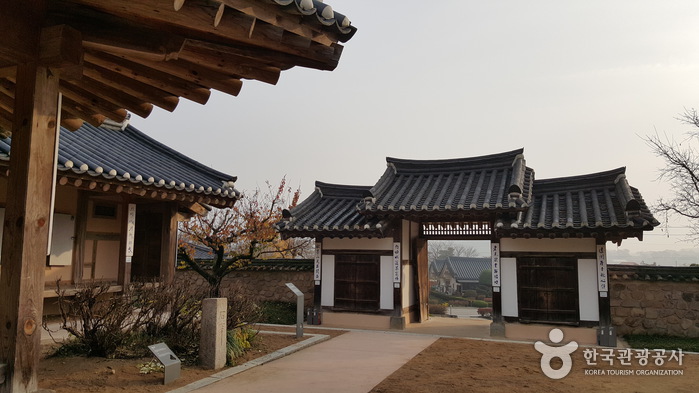
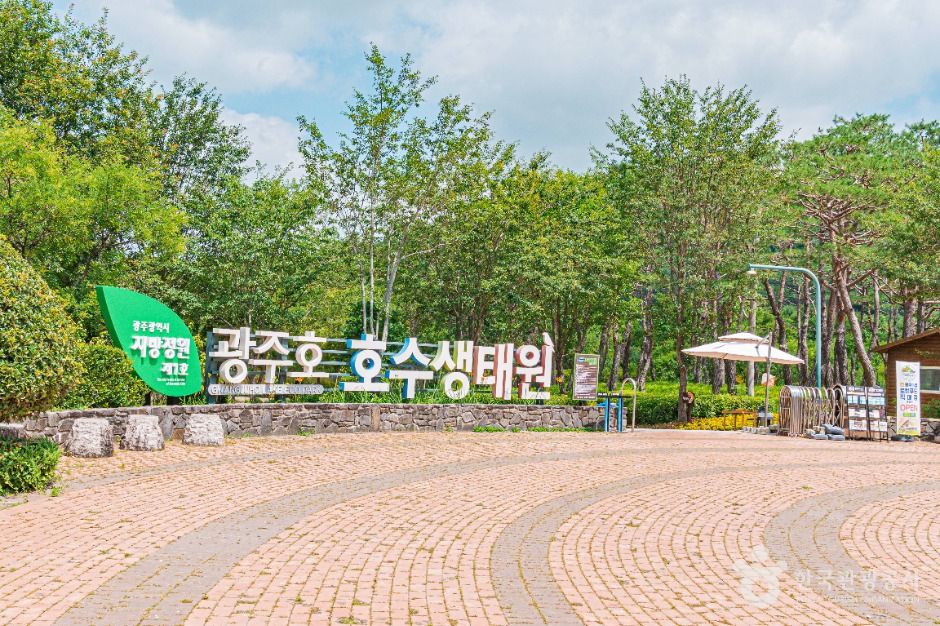
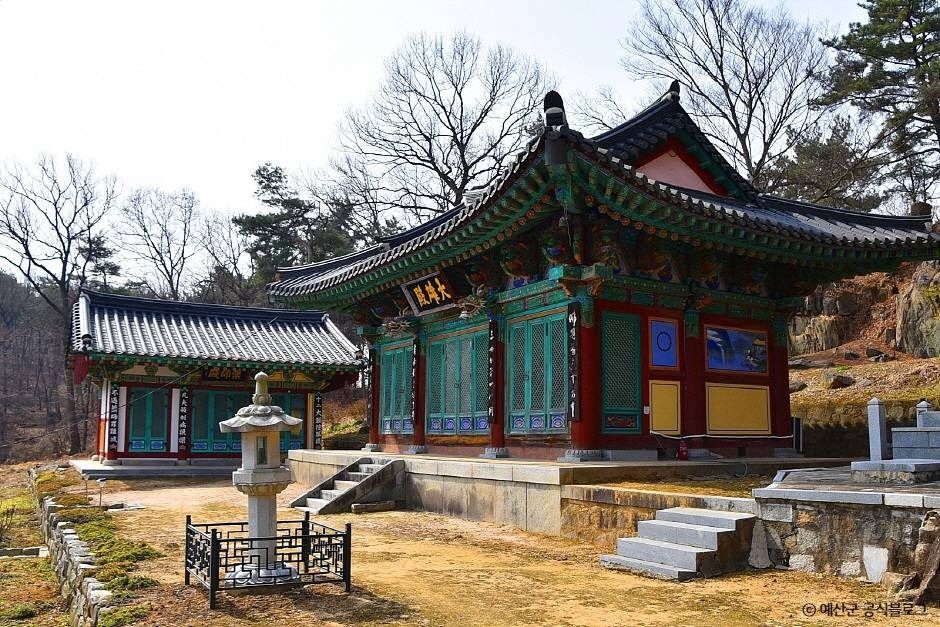
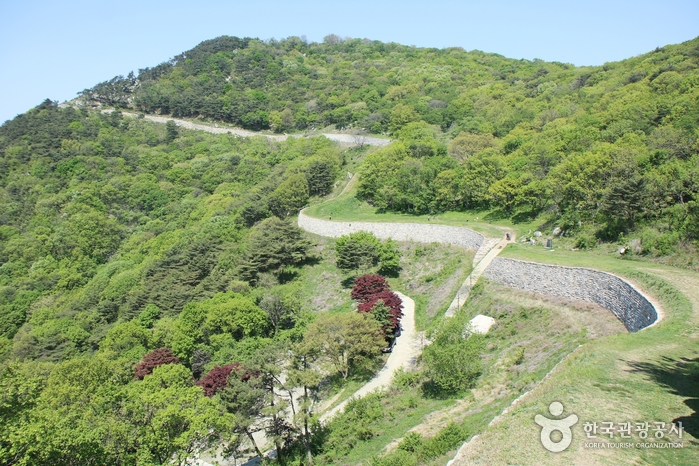

 English
English
 한국어
한국어 日本語
日本語 中文(简体)
中文(简体) Deutsch
Deutsch Français
Français Español
Español Русский
Русский